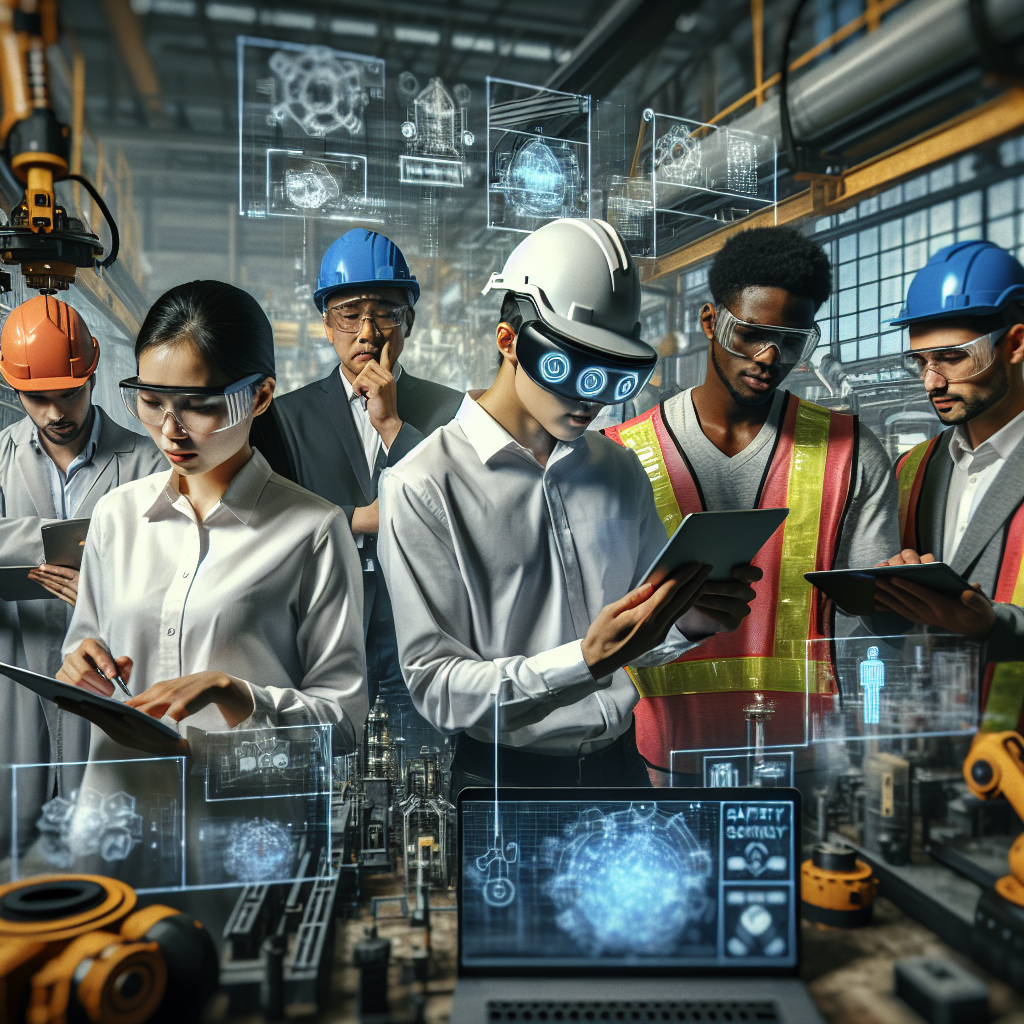In the ever-evolving landscape of the workplace, the need for safety has become paramount. As industries progress and work environments become more complex, the integration of technology has played a crucial role in enhancing occupational safety. From wearables to artificial intelligence, advancements in technology are not only improving safety protocols but also fostering a culture of health and well-being among employees. In this article, we explore how technology is transforming occupational safety across various sectors.
The Rise of Wearable Technology
One of the most significant advancements in occupational safety is the introduction of wearable technology. Devices like smart helmets, vests, and wristbands are designed to monitor employees’ health and safety in real-time.
Real-Time Monitoring
Wearable technology allows for real-time data collection on vital signs, environmental conditions, and physical activity. For instance, smart helmets equipped with sensors can detect fatigue levels and alert workers to take necessary breaks, thereby preventing accidents caused by human error. By ensuring that employees are fit for duty, wearables significantly reduce the risk of workplace hazards.
Enhancing Communication
Wearables are not just about health; they also enhance communication within the workplace. Many devices come with built-in communication tools that allow workers to call for help without needing to remove their hands from their tasks. This immediate access to assistance can be a game-changer in industries such as construction or manufacturing, where quick responses to emergencies can save lives.
Drones: A New Eye in the Sky
In industries like construction, agriculture, and mining, drones have proven to be invaluable tools for enhancing safety measures.
Hazard Assessment and Monitoring
Drones can be used to survey hazardous areas without putting human lives at risk. For example, before sending workers into a potentially dangerous site, drones can scout the area and provide critical data about environmental conditions, structural integrity, and more. This preemptive assessment helps in identifying potential risks and planning accordingly.
Training and Simulation
Drones also play a role in training employees for hazardous job environments. By using drone technology to simulate real-life scenarios, companies can prepare their workers without exposing them to danger. This hands-on training ensures that employees are equipped with the necessary skills to navigate challenging situations safely.
Artificial Intelligence and Predictive Analytics
Artificial intelligence (AI) is revolutionizing occupational safety by enabling predictive analytics that enhances decision-making processes.
Predictive Maintenance
AI algorithms can analyze vast amounts of data from machinery to predict when a piece of equipment might fail. By implementing predictive maintenance, companies can address issues before they lead to accidents. This proactive approach minimizes downtime and protects employees from hazardous equipment failures.
Incident Analysis
AI can also help in incident analysis by identifying patterns and underlying causes of workplace accidents. By understanding these insights, companies can implement more effective safety protocols and training programs. The shift from reactive to proactive safety measures is crucial for creating a safer work environment.
The Role of Virtual and Augmented Reality
Virtual reality (VR) and augmented reality (AR) are emerging as innovative training tools that enhance occupational safety.
Immersive Training Environments
With VR, employees can engage in immersive training experiences that mimic real-world hazards without the associated risks. This effective training method allows workers to learn how to respond in dangerous situations, building their confidence and competence in handling emergencies.
AR for On-the-Job Safety
AR can overlay digital information onto the physical world, providing workers with real-time guidance while they perform tasks. For instance, AR glasses can display assembly instructions and safety protocols directly in the worker’s field of vision, reducing errors and enhancing safety.
Conclusion: A Safer Future with Technology
The integration of technology in occupational safety is not just about compliance with regulations; it’s about creating a safer and more supportive work environment for employees. As we continue to harness advancements in wearable technology, drones, AI, and VR, it becomes clear that we are on the path to revolutionizing workplace safety.
Humanizing safety through technology sends a strong message: that the well-being of employees is a top priority. By investing in these innovative tools and fostering a culture of safety, companies can ensure that workers go home safe and sound at the end of each day. The future of occupational safety is not just about avoiding accidents; it’s about nurturing a workforce that feels secure and valued.


